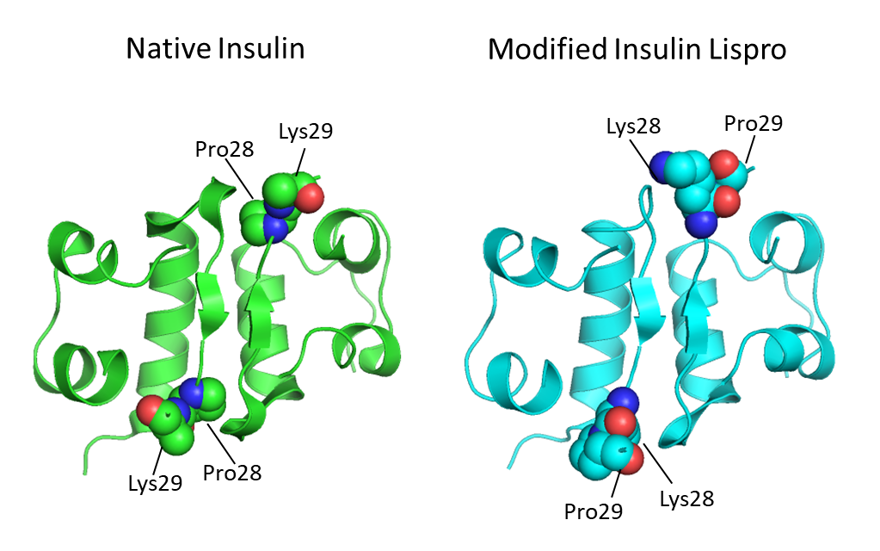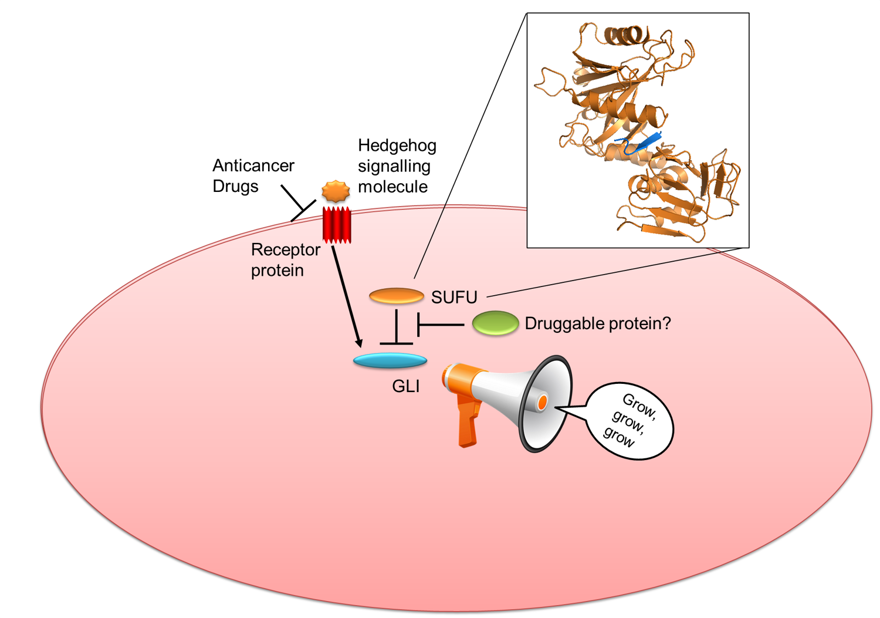Dr Amy Cherry is a Senior Lecturer in
Biochemistry at the University of Worcester. In this academic blog, she explores how proteins perform a diverse range of roles within our cells and her research around the structure and function of proteins involved in the Hedgehog signalling pathway. Dr Cherry is also a member of the
Worcester Biomedical Research Group (WBRG).
A glance along the confectionary shelf of any supermarket tells you how aware we have become of the importance of protein for human health. Whereas 1950s Mars Bar adverts promoted the health benefits of glucose, in 2016 Mars jumped into the protein supplementation trend with the introduction of the Mars HiProtein bar. In 2021 the global protein supplements market was valued at 20.47 billion USD, but what does the average consumer know about the roles of proteins in our body?
The first myth that I would like to dispel is that protein is a single entity. In fact, the Human proteome organisation (HUPO) records show evidence for the existence of 18,407 human proteins, thus far. The Protein Data Bank, which is the repository for all protein structures which have been solved, contained 193455 records at the time of writing.
So why are we so interested in solving protein structures? Well, proteins perform a diverse range of roles within our cells. Most people are aware that proteins are important for muscle strength. There are in fact two different proteins which drive muscle contraction; actin which forms rope-like structures attached to the ends of the cells and myosin, which acts like a line of men pulling the rope so that the ends of the cell are pulled together causing it to contract. However, other proteins are also needed to make this happen. Chemical energy is needed to drive the contraction. This is provided by networks of enzymes (made of protein) which break down our food to release energy. We don’t want our muscle cells to be contracting all the time, so another regulatory protein, Troponin, covers the “handholds” on the rope when not in use. Troponin will release the “handholds” when calcium enters the cell through ion channels which are also protein molecules.
Since our proteins have such vital roles in our cells, when they are functioning incorrectly, or not at all, this can lead to many different diseases. Diabetes mellitus is caused by a lack of the protein hormone insulin and haemophilia A is caused by a lack of one of the blood clotting proteins factor VIII. Conversely, cancers are often caused by an increase in activity of proteins which send messages to the cell telling it to replicate.
With this knowledge we can develop treatments for these diseases. Insulin was first administered to patients with diabetes mellitus 100 years ago. However, by learning about the protein structure, scientists have been able to develop a modified version named Lispro in which the building blocks have been slightly rearranged to alter its stability. This engineered form of the protein has a more predictable action profile which produces more reliable outcomes in patients. Therapeutic factor VIII has been modified even more dramatically. The gene for factor VIII has been joined to the gene for another very stable protein. The resulting fusion protein is not degraded as rapidly as standard factor VIII and hence, haemophiliacs don’t need to administer the drug as often.

My own research focusses on the structure and function of proteins involved in the Hedgehog signalling pathway, a communication network which is overactive in many forms of cancer. Drugs developed to inhibit the receptor protein which receives the first chemical message in this network have been used successfully to treat cancer patients. My work has shown how the final activator protein GLI, is repressed by interaction with a suppressor protein SUFU. We are now investigating other proteins which alter this interaction since they may also prove to be viable drug targets.

Find out more about the School of Science and the Environment: